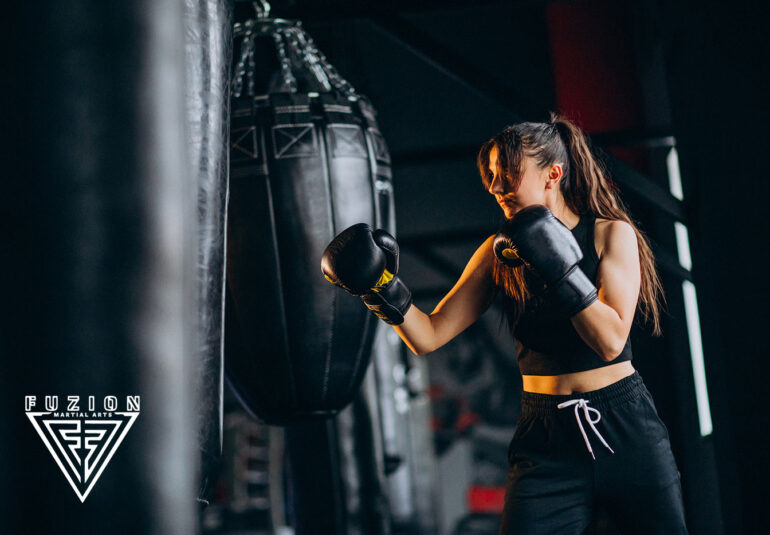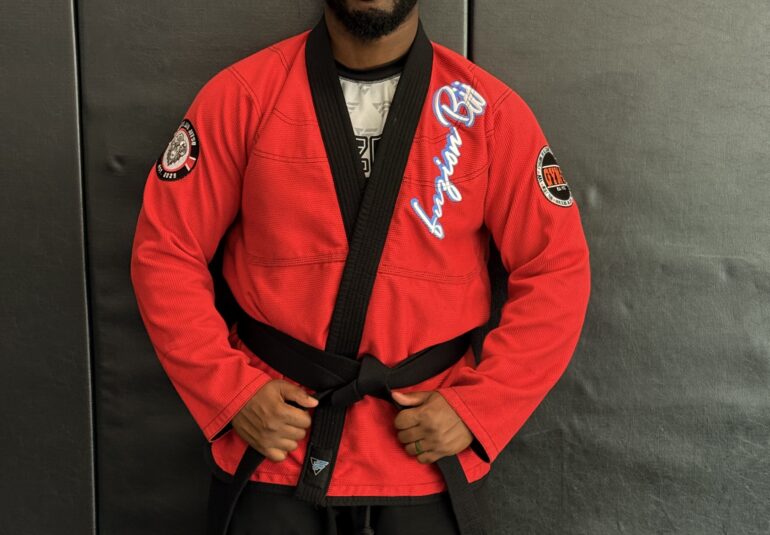
- 71
For centuries, martial arts have been rooted in tradition—systems developed and refined within distinct cultures, often preserved and transmitted through strict lineages. Yet, in today’s martial arts world, there is a growing movement toward hybridization: blending techniques, philosophies, and training methods from multiple styles to create new systems that reflect modern needs.
Why Hybrid Styles Are Emerging
Hybrid martial arts styles are not entirely new—Jeet Kune Do, founded by Bruce Lee in the 1960s, was one of the first to explicitly embrace the idea of cross-training. But today’s environment has accelerated this trend for several reasons:
-
Practicality in Self-Defense: Real-world altercations don’t follow the rules of a single discipline. Practitioners seek systems that combine striking, grappling, and situational awareness.
-
Globalization of Martial Arts: With the internet, seminars, and international travel, martial artists are exposed to styles that may not have been accessible a generation ago.
-
MMA Influence: The rise of Mixed Martial Arts competitions has shown the effectiveness of blending wrestling, boxing, Brazilian Jiu-Jitsu, Muay Thai, and more. This has inspired schools to integrate cross-style methods into their curriculums.
-
Cultural Exchange: Students often desire the best of both worlds—the discipline and tradition of arts like Karate or Taekwondo, alongside the adaptability and live sparring focus of Jiu-Jitsu or Muay Thai.
Characteristics of Today’s Hybrid Martial Arts
Hybrid systems tend to:
-
Select Techniques, Not Entire Systems: Rather than preserving every form or kata, many hybrids focus on what works under pressure.
-
Blend Tradition with Modern Training: Some retain rituals, ranking systems, or philosophical elements, while integrating modern strength training and sports science.
-
Adapt to Students’ Needs: Styles are often tailored to self-defense, fitness, competition, or law enforcement, depending on the founder’s goals.
-
Evolve Rapidly: Unlike older styles that emphasize preserving tradition, hybrids are more willing to adopt new techniques as they prove effective.
Examples of Hybrid Styles
-
Jeet Kune Do (JKD): Bruce Lee’s “style of no style,” emphasizing efficiency and adaptability.
-
Kajukenbo: A Hawaiian system created in the 1940s, blending Karate, Judo, Kenpo, and Boxing.
-
Contemporary MMA Gyms: While not a “style” in the traditional sense, many schools have created curriculums that standardize cross-training into a system of its own.
-
Machida Karate (Karate + Shotokan + BJJ): An evolution of Shotokan Karate with Brazilian influences, integrating striking with ground defense.
Tradition vs. Innovation
One of the most interesting dynamics in hybrid martial arts is the tension between honoring tradition and adapting for practicality. Some argue that blending arts dilutes their essence, while others believe it represents evolution and survival. In practice, both perspectives coexist: traditional dojos continue to thrive, while hybrid systems attract practitioners looking for modern applications.
The Future of Hybrid Martial Arts
As martial arts continue to globalize, hybridization will likely grow even more common. We may see:
-
Systems designed specifically for law enforcement and military applications.
-
Hybrids that emphasize sport and competition, building on the MMA model.
-
Styles that integrate fitness, mindfulness, and self-improvement alongside combat.
-
Renewed respect for cultural traditions, with hybrids that blend the past and present instead of abandoning one for the other.
Ultimately, the tradition of hybrid martial arts reflects the martial artist’s timeless pursuit: to adapt, improve, and find what works. Just as warriors of the past modified techniques to fit their environment, today’s practitioners are creating new systems for a modern world.


